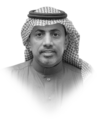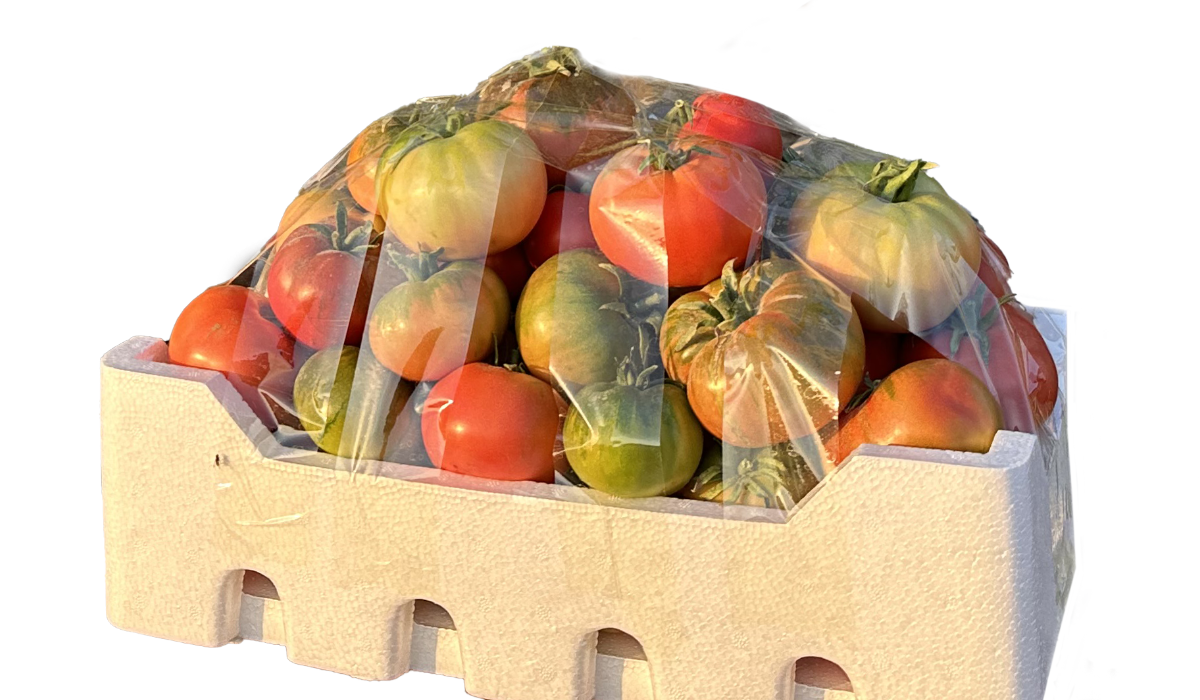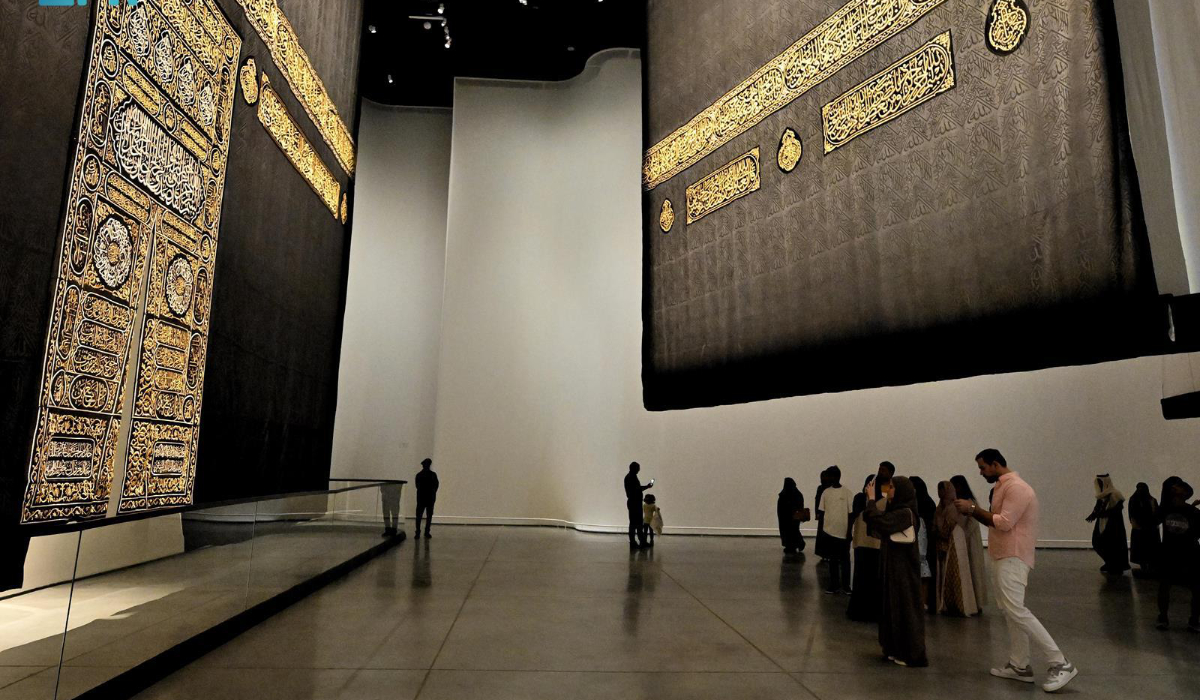Air quality is improving, but work is far from over

https://arab.news/4u882
While air quality indicators across Saudi Arabia showed stability in November, signaling progress, the rise in PM2.5 — or pollution — levels in certain areas serves as a reminder that the battle for cleaner air is far from over.
Another air quality indicator is PM10, which refers to particles smaller than 10 micrometers in diameter and can impact the respiratory system.
A PM2.5 index of 100 micrometers per cubic meter or lower is considered good to moderate. An index above 100 micrometers per cubic meter is unhealthy for sensitive groups including children and those with heart or respiratory conditions. Levels above that are harmful to everyone.
These indicators assess air quality and determine its safety, helping guide measures to protect public health.
Air pollutants include ozone, which can cause health problems, particularly for those with respiratory issues. Sulfur dioxide, typically produced by burning fossil fuels, can irritate the respiratory system, while carbon monoxide is a colorless, odorless gas that can be harmful in high concentrations.
During November, the PM2.5 index in Najran reached 248.9 micrometers per cubic meter, while in Makkah it was 173.8. Tabuk recorded 173.6, and Madinah’s index hit 171.3. The PM2.5 index in the Eastern Province was 159.5.
However, air quality in Al-Baha, Jouf, Riyadh, Qassim, Asir, Hail, Jazan, and the Northern Borders regions remained stable last month, signaling an overall improvement in the Kingdom, except in areas where the PM2.5 index increased.
The stability of air quality in most areas reflects the efforts of Saudi Arabia’s National Center for Environmental Compliance in monitoring and analyzing environmental data.
To enhance air-quality monitoring and improve public health protections, the National Center for Environmental Compliance will launch an environmental media monitoring project in early March, using the latest satellite remote-sensing technologies.
Mohammed Al-Dighriri
And despite the noticeable increase in the PM2.5 index in some areas, we are working to enhance environmental awareness and provide the necessary information to the public to reduce exposure to pollutants.
To enhance air-quality monitoring and improve public health protections, the National Center for Environmental Compliance will launch an environmental media monitoring project in early March, using the latest satellite remote-sensing technologies.
The project aligns with the strategic priorities of the center, which aims to ensure a sustainable approach to protecting water, soil and air. It will assess human activities, inform future management plans, and support policies and regulations related to environmental media, while identifying areas needing treatment, recovery, or protection.
The project uses satellite data to monitor and analyze environmental media, including air, water, and soil quality. It tracks changes in ecosystems due to human activities or climate change and collects data on pollution to help the center’s executive departments make informed environmental decisions.
It also includes several stages: using satellites to collect environmental data, processing that data for accurate reports, sharing information with government institutions and companies, and continuously improving data collection and analysis techniques.
The project will provide scientists and research centers with accurate information on environmental changes and support efforts to address environmental disasters, including dust storms and oil spills in coastal areas.
Satellite data used to monitor the environment focuses on tracking changes in vegetation cover, water, and ecosystem distribution, as well as measuring emissions including carbon dioxide, other air pollutants, and greenhouse gases.
The National Center for Environmental Compliance also plans to launch its own satellites, reducing reliance on rented ones as the project expands and demand for data grows. This initiative could take five to 10 years to implement.
• Mohammed Al-Dighriri is the director-general of environmental modeling and data analysis at the National Center for Environmental Compliance.
































